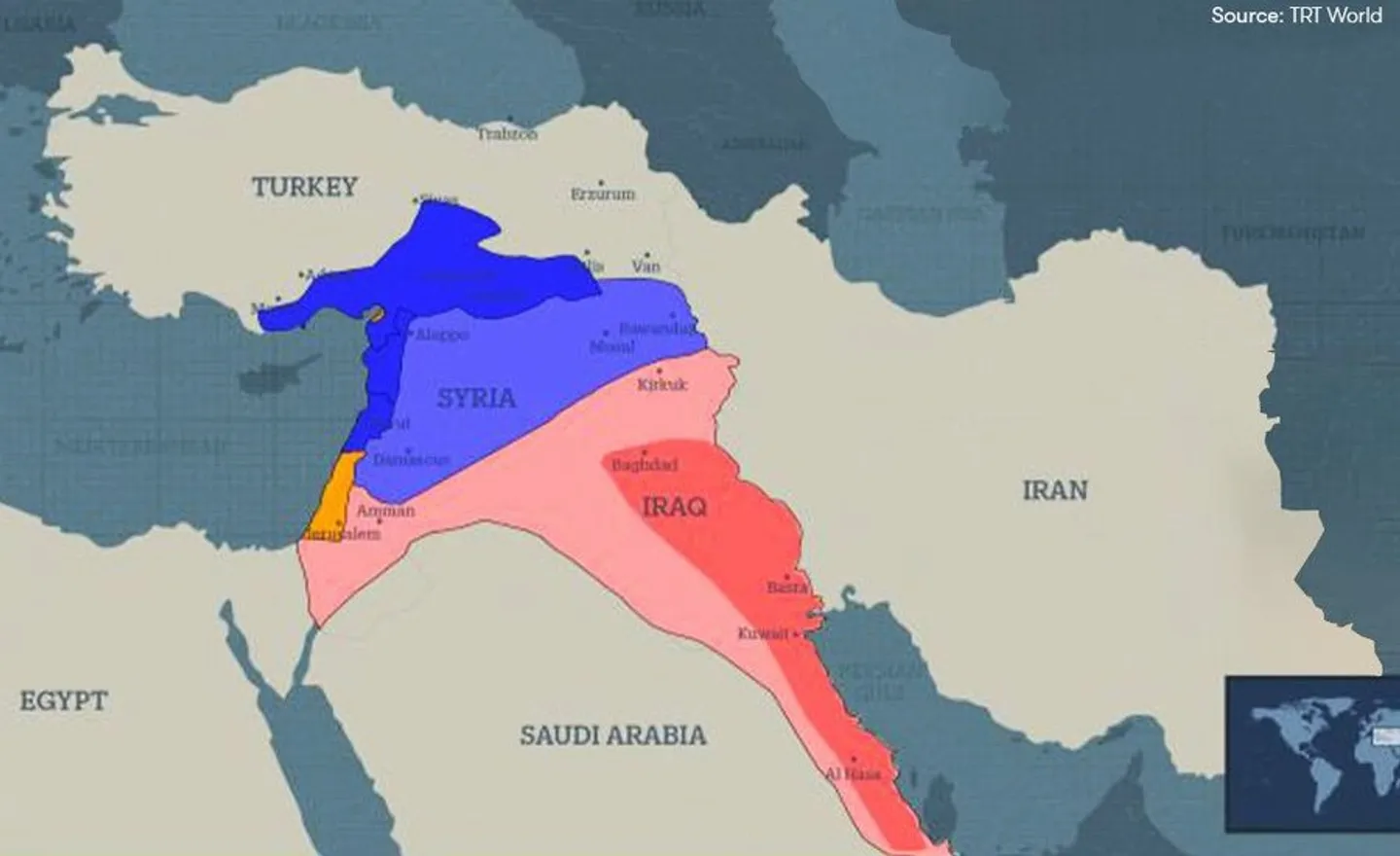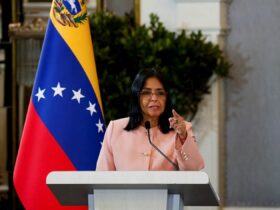The imperialist plan a hundred years ago, at least, drew borders on the map. Today, Israel is seeking to divide minds and social structures
The imperialist plan a hundred years ago, at least, drew borders on the map. Today, Israel is seeking to divide minds and social structures
By Adem Kılıç Political Scientist / Writer
The series of events that began on 7 October 2023 has reactivated not only military but also political and ideological fault lines in the Middle East.
In such an environment, the statement by Tom Barrack, who served as the former U.S. Ambassador to Ankara and also as U.S. President Donald Trump’s Special Representative for Syria and Lebanon, was noteworthy.
Tom Barrack explicitly targeted the 1916 Sykes-Picot Agreement, stating that the roots of the region’s current troubles lie in this agreement and that such ‘imperial prescriptions’ are no longer valid.
However, Barrack’s statement is not merely a symbolic reading of history but also hints at the new power dynamics in the region.
Barrack stated that the agreement divided Syria and the Levant region in general according to artificial borders and Western interests, emphasizing that this historical mistake would not be repeated by a new generation, but the reality is certainly not so.
In fact, Barrack went beyond this agreement and made some striking statements about Lebanon. He suggested that if Lebanon does not rein in its internal factions and disarm Hezbollah, Syria may be open to the idea of reabsorbing the country on the basis of ‘cultural and historical ties.’
It was not surprising that the US State Department quickly tried to divert attention away from Barrack’s statements with new announcements. This was because the statement not only violated diplomatic norms but also disrupted Israel’s strategic agenda in the region.
Leading Israeli publications such as The Times of Israel openly conveyed the message to Barrack to ‘stick to the script.’
Because when the Sykes-Picot debates were opened, the issue would inevitably extend to Palestine, the Balfour Declaration, the British Mandate, the 1948 Nakba, and ultimately to the current tragedy in Gaza.
However, those who believe that Barrack’s aim was to defend the rights of the countries in the region and Palestine are mistaken due to the reactions from Israel to this speech.
This statement was actually intended to legitimize the US’s new maneuver in the region, particularly with regard to Syria.
Conflicts in Syria and a new front through the Druze
The conflicts that have increased noticeably in Syria in recent months reveal that the powers in the region are moving towards new positions. In particular, the Suwayda region in the south of the country has become the focus of increasing tensions between the Druze community and the new administration.
In recent weeks, clashes between Druze militia groups and Bedouin tribes were portrayed in the international media as mere ‘local ethnic tensions,’ but in reality, these incidents were the result of direct Israeli intervention.
When the government of Ahmad al-Asharaa sent troops to re-establish control in the region, Israel intervened with air strikes, as it has done repeatedly in the region, bombing some Syrian army positions.
Israel attempted to justify this attack on the grounds of ‘protecting the Druze people.’ However, it was clear that this intervention was an attempt to implement a similar sectarian engineering strategy in Syria as Israel had previously done in Lebanon.
This is because Israel’s piecemeal support for ethnic and sectarian minorities in Syria, such as the Druze, Christians and some ‘Kurdish elements,’ is actually part of an approach aimed at dismantling unitary state structures in the region.
And this situation is actually just a preview of Netanyahu’s ‘New Middle East’ rhetoric, which is based on a sectarian and ethnic ‘New Levant’ plan.
So what is this plan? Fragmented minority states and the outcome
Although Israeli Prime Minister Netanyahu’s ‘New Middle East’ rhetoric appears to involve normalization with Arab countries through the Abraham Accords, the reality on the ground shows that this is a much deeper and more dangerous plan. This discourse aims at a Middle East consisting of microstates that are ethnically and religiously heterogeneous, with weakened central structures and therefore open to external intervention.
Thanks to this structure, Israel wants to be surrounded by small entities with which it can always maintain a balance and, when necessary, use against each other, rather than large and powerful neighbors that could pose a threat.
In other words, the goal is to implement a wave of intervention in the region that is deeper and more destructive than Sykes-Picot.
What is happening today points to a rupture that could have more effective and lasting results than the maps drawn up a century ago.
For while Sykes-Picot at least drew borders on a map, the plan led by Israel and the United States today is moving towards a result that seeks to fragment minds and social structures.
At this point, time is running out for Türkiye and other regional countries to read this plan and take the necessary precautions.
















Leave a Reply